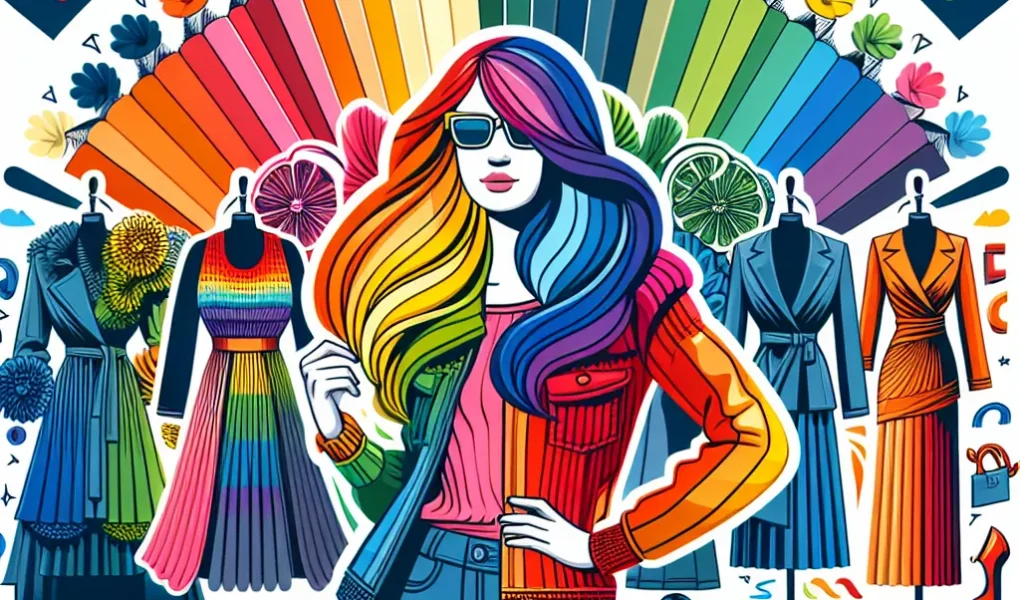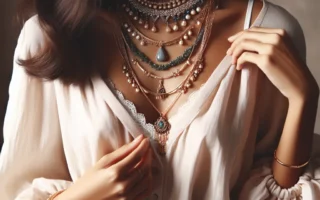The Psychology of Color in Fashion
Understanding the impact of color on personal style is essential for anyone looking to make conscious fashion choices. One aspect that has a profound effect on personal style is the psychology of color in fashion. Colors have the power to evoke specific emotions and perceptions, making them a key element in determining an individual’s style preferences.
Red, for example, is often associated with passion, boldness, and confidence. When incorporated into an outfit, it can make a powerful statement and exude a sense of strength. On the other hand, blue is known for its calming and soothing effects, making it a popular choice for professional attire and formal occasions. Understanding these psychological associations allows individuals to use color strategically to convey the desired message through their style choices.
Moreover, the cultural significance of colors further emphasizes the importance of understanding the psychology of color in fashion. For instance, in some cultures, white is traditionally worn for mourning, while in others, it symbolizes purity and innocence. Such cultural connotations can influence an individual’s choice of colors in their wardrobe and overall personal style.
By delving into the psychology of color in fashion, individuals can gain a deeper understanding of how color impacts their style choices and the perceptions they convey to others. Whether aiming to make a bold statement or create a sense of harmony, harnessing the power of color psychology is a valuable tool in shaping one’s personal style.
Harnessing the Power of Color in Wardrobe Choices
Understanding the impact of color on personal style is crucial for building a wardrobe that truly reflects individuality and personality. Harnessing the power of color in wardrobe choices can completely transform the way we look and feel. The right colors can enhance our features, uplift our mood, and make a strong fashion statement.
Color psychology plays a significant role in personal style, as different colors evoke varied emotions and perceptions. For example, wearing bold and vibrant colors such as red or yellow can exude confidence and energy, while softer tones like pastels can create a more calming and approachable aura. Understanding the psychological impact of colors can help individuals make more intentional wardrobe choices that align with their desired image and mood.
When harnessing the power of color in wardrobe choices, it’s essential to consider both the undertones of one’s skin and the color palette that complements individual attributes. For instance, individuals with warm undertones may find earthy tones like olive green and burnt orange to be particularly flattering, while those with cool undertones may lean towards colors like icy blue and lavender.
Furthermore, understanding the impact of color also involves recognizing the cultural and societal connotations attached to different colors. While white may symbolize purity and minimalism in some cultures, it may represent mourning in others. Being mindful of these associations can help individuals navigate the complexities of color in fashion and make informed choices that align with their personal values and beliefs.
In conclusion, harnessing the power of color in wardrobe choices goes beyond simply following fashion trends. It involves a deeper understanding of color psychology, personal attributes, and cultural significances. By leveraging the impact of color, individuals can curate a wardrobe that authentically represents their personality and style preferences.
Expressing Personal Style Through Color Choices
Understanding the impact of color on personal style is essential for expressing individuality and creating a signature look. The choices we make in color reflect our personality, mood, and the image we want to project to the world. When it comes to expressing personal style through color choices, it’s important to consider the psychological impact of different colors and how they can be used to convey specific messages.
For example, the color red is often associated with passion, energy, and confidence, making it a popular choice for those looking to make a bold statement with their style. On the other hand, blue is often seen as calming and trustworthy, making it a great option for those who want to exude a sense of stability and reliability. By understanding the meanings behind different colors, individuals can make informed choices about how they want to present themselves to the world through their clothing and accessory choices.
It’s also important to consider how different colors complement each other and how they can be used to create a cohesive and harmonious overall look. Whether it’s through the use of complementary colors for a striking effect, or the use of monochromatic tones for a more muted and sophisticated look, understanding how colors work together is essential for expressing personal style effectively.
In conclusion, expressing personal style through color choices is a powerful way to communicate who we are to the world. By understanding the impact of different colors and how they can be used to convey specific messages, individuals can create a style that is not only visually appealing but also reflective of their unique personality and character.



